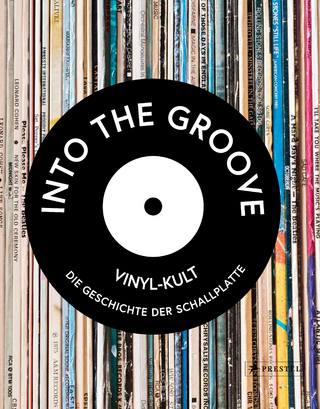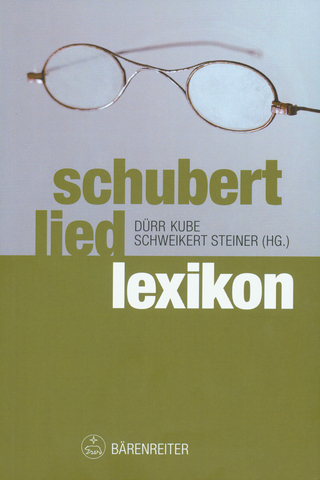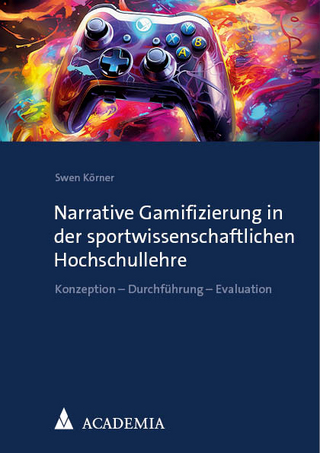
The Signifier and the Signified
Studies in the Operas of Mozart and Verdi
Seiten
1977
Kluwer Academic Publishers (Verlag)
978-90-247-1995-2 (ISBN)
Kluwer Academic Publishers (Verlag)
978-90-247-1995-2 (ISBN)
- Titel z.Zt. nicht lieferbar
- Versandkostenfrei innerhalb Deutschlands
- Auch auf Rechnung
- Verfügbarkeit in der Filiale vor Ort prüfen
- Artikel merken
The studies collected in this volume deal with the interpretation of opera. In other words, I have analysed the structure of an opera by seeking and examining factors in the musico-dramatic process, whereas analysts of form are generally preoccupied with the study of elements contained in the musical object.
The studies collected in this volume deal with the interpretation of opera. In most cases the results are based on structural analysis, a concept which may require some clarification in this context. During the past de cade 'structure' and 'structural' have become particularly fashionable terms lacking exact denotation and used for the most divergent purposes. As employed here, structural analysis is concerned with such concepts as 'relationship', 'coherence' and 'continuity', more or less in contrast to formal analysis which deals with measurable material. In other words, I have analysed the structure of an opera by seeking and examining factors in the musico-dramatic process, whereas analysts of form are generally preoccupied with the study of elements contained in the musical object. Though admittedly artificial, the dichotomy of form and structure may elucidate the present situation with regard to the study of opera. Today, nearly one hundred years after the death of Wagner, the proclaimed anti thesis of Oper und Drama is generally taken for what it really was: a means to propagate the philosophy of its inventor. The conception of opera (whether 'continuous' or composed of 'numbers') as a special form of drama is no longer contested. Nevertheless musical scholarship has failed to draw the consequences from this view and few scholars realize the need to study general theory of drama and more specifically the dramatic experience.
The studies collected in this volume deal with the interpretation of opera. In most cases the results are based on structural analysis, a concept which may require some clarification in this context. During the past de cade 'structure' and 'structural' have become particularly fashionable terms lacking exact denotation and used for the most divergent purposes. As employed here, structural analysis is concerned with such concepts as 'relationship', 'coherence' and 'continuity', more or less in contrast to formal analysis which deals with measurable material. In other words, I have analysed the structure of an opera by seeking and examining factors in the musico-dramatic process, whereas analysts of form are generally preoccupied with the study of elements contained in the musical object. Though admittedly artificial, the dichotomy of form and structure may elucidate the present situation with regard to the study of opera. Today, nearly one hundred years after the death of Wagner, the proclaimed anti thesis of Oper und Drama is generally taken for what it really was: a means to propagate the philosophy of its inventor. The conception of opera (whether 'continuous' or composed of 'numbers') as a special form of drama is no longer contested. Nevertheless musical scholarship has failed to draw the consequences from this view and few scholars realize the need to study general theory of drama and more specifically the dramatic experience.
I: Mozart.- I. Le nozze di Figaro: Musical Quotation as a Dramatic Device.- 2. Le nozze di Figaro: Social Tensions.- 3. Don Giovanni: Musical Affinities and Dramatic Structure.- 4. Don Giovanni: An Interpretation.- 5. Così fan tutte: Dramatic Irony.- 6. Semantics of Orchestration.- II: Verd.- 7. Otello: Drama through Structure.- 8. The Musical Figure of Death.- 9. Simon Boccanegra: One Plot, Two Dramas.- 10. Ritual Scenes.- 11. The Notorious Cabaletta.- 12. Don Carlos: The Signifier and the Signified.- Appendices.- I. Semiotic Devices in Musical Drama.- II. The Orchestration of Separate Items in Mozart’s Operas.- Boito.
| Erscheint lt. Verlag | 30.9.1977 |
|---|---|
| Zusatzinfo | XII, 418 p. |
| Verlagsort | Dordrecht |
| Sprache | englisch |
| Maße | 160 x 240 mm |
| Themenwelt | Kunst / Musik / Theater ► Design / Innenarchitektur / Mode |
| Kunst / Musik / Theater ► Musik ► Allgemeines / Lexika | |
| ISBN-10 | 90-247-1995-X / 902471995X |
| ISBN-13 | 978-90-247-1995-2 / 9789024719952 |
| Zustand | Neuware |
| Haben Sie eine Frage zum Produkt? |
Mehr entdecken
aus dem Bereich
aus dem Bereich
die Geschichte der Schallplatte
Buch | Hardcover (2024)
Prestel (Verlag)
36,00 €
Buch | Softcover (2024)
Nomos (Verlag)
29,00 €


